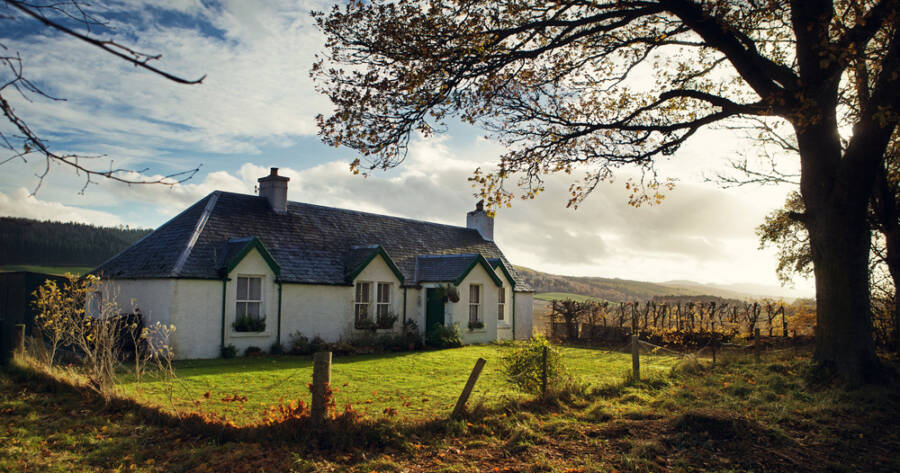In the charming landscape of Great Britain, derelict homes stand as relics of a bygone era, waiting for a revival. These forgotten properties, often overlooked, offer a unique opportunity for buyers seeking affordable housing and the satisfaction of transforming a neglected space into a cherished home. If you’re considering purchasing and renovating a derelict home, discover how to navigate the process.
The Appeal of Derelict Homes
Derelict homes are attractive for various reasons. They are typically more affordable than ready-to-move-in properties, making them an excellent option for first-time buyers or those on a budget. Additionally, these homes often boast architectural features and historical charm that modern constructions lack, providing a unique canvas for creativity.
Renovating a derelict property can also be a rewarding investment. With the right approach, the value of your refurbished home can far exceed the initial purchase price and renovation costs, making it a financially savvy choice.
Finding the Right Property
Before diving into renovations, finding the right property is crucial. Websites like Rightmove, Zoopla, and Derelict Property for Sale specialize in advertising abandoned or neglected properties across Great Britain. Local councils and auctions are also excellent resources for locating derelict homes, as they often list properties requiring significant work.
When selecting a property, consider the location, structural integrity, and potential for renovation. A home with good bones in a desirable area is more likely to yield a strong return on investment. Conduct a thorough survey to identify any hidden issues, such as subsidence, dampness, or roof damage, that may significantly affect renovation costs.
Securing Finances
Financing a derelict property can be challenging, as traditional mortgage lenders may view such properties as high-risk investments. Instead, explore renovation-specific loans or bridging loans, which provide short-term funding to purchase and restore the home. Once renovations are complete, you can refinance with a standard mortgage.
Be sure to budget for unforeseen expenses. A detailed cost estimate, including permits, materials, labor, and contingency funds, will help you stay on track.
Planning the Renovation
Restoring a derelict home requires careful planning. Start by prioritizing structural repairs, such as fixing foundations, roofs, and plumbing. Addressing these issues first ensures the home is safe and habitable before moving on to cosmetic improvements.
Next, consider energy-efficient upgrades. Installing insulation, double-glazed windows, and modern heating systems can reduce long-term utility costs and increase the property’s appeal.
If the property has historical significance, consult local authorities about preservation requirements. Keeping original features intact, like exposed beams or stone walls, can add character and enhance the home’s value.
Working with Professionals
Hiring the right professionals is critical to a successful renovation. An experienced architect or contractor can guide you through planning permissions and building regulations, which are particularly stringent in conservation areas or for listed buildings.
Work with trusted tradespeople for plumbing, electrical work, and other specialized tasks. While DIY efforts can save money, it’s essential to know your limits to avoid costly mistakes.
Making It Your Own
Once the structural work is complete, the real fun begins—turning the house into a home. Choose finishes and furnishings that reflect your style while complementing the property’s character. A mix of modern comforts and period details often creates the most striking results.
Breathing New Life Into Forgotten Spaces
Transforming a derelict home in Great Britain from abandoned to adored is a challenging yet deeply fulfilling endeavor. With thoughtful planning, smart investments, and a bit of vision, you can breathe new life into a forgotten space and create a home that’s uniquely yours. Whether it’s the satisfaction of preserving history or the joy of crafting something entirely your own, the journey is as rewarding as the destination.
